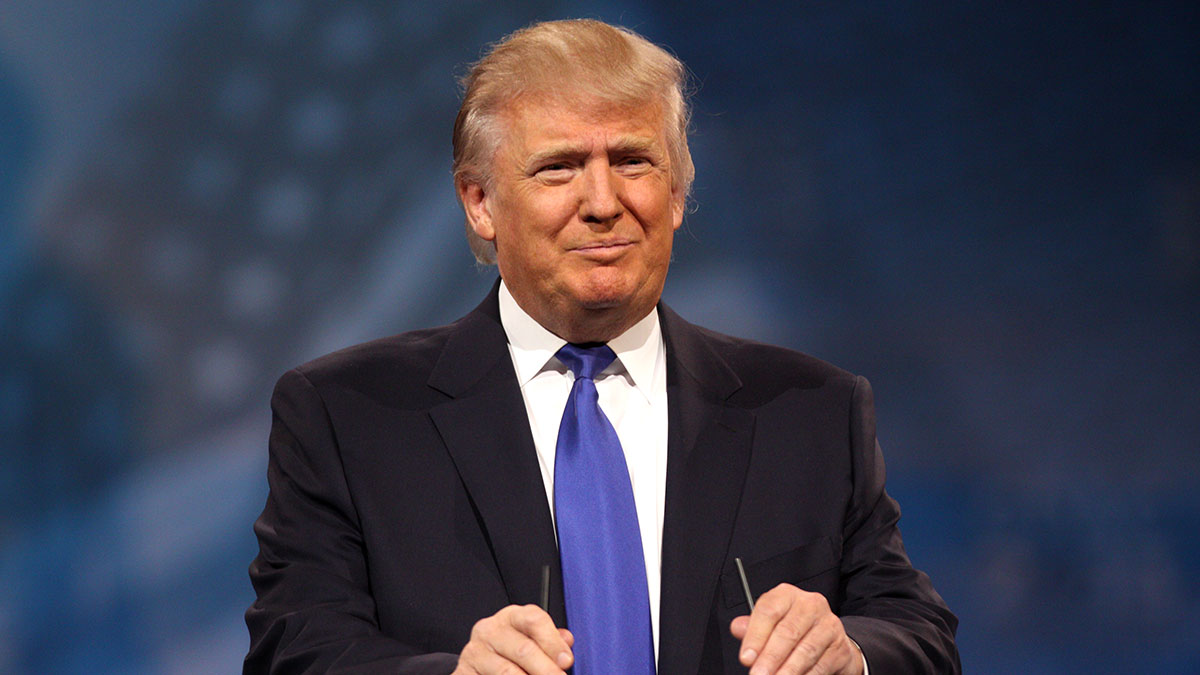Behind and beyond hateful rhetoric
 Supplied — Gage Skidmore
Supplied — Gage SkidmoreAfter the fall of the Berlin Wall, the political scientist Francis Fukuyama claimed that history had ended. Having survived WWII and the Cold War, liberal democracy seemed to be the only ideology left standing. However, the rising shadow of xenophobia and nativism across traditional strongholds of liberal democracy today is a warning to those too optimistic of linear progress. History has returned with a vengeance.
We don’t have to live in the centres of power to realize the reality of hatred. We see it in the threats against the two young women wearing hijabs in the university LRT station, in the chants of “lock her up” against Rachel Notley, and in the rise of figures like Donald Trump and Marine Le Pen. Nothing is indicative of a trend when seen in a vacuum. But when facts are illuminated against context, inescapable patterns emerge. Why do people espouse such hatred, and how can we move forward?
There are several possible and non-mutually-exclusive explanations for this hatred. Firstly, we live in a world with the stagnation of economic prosperity and aggravation of inequality. Impulsively, we seek an archetypically bad actor, a scapegoat, to blame for whatever befalls us. Scapegoats, the more plausible the better, deflect our own responsibility and let us fathom the complexities of a world beyond the grasp of our minds. Certainly, xenophobic rhetoric is a case and point. For instance, it was easy for Trump to claim that Mexicans were stealing American jobs. That narrative was believable given the prevalence of Latinx people in communities across the United States, and the fact that America was itself founded upon racial inequality, where ethnicity is the implicit indicator of allegiance. Such situations are in the tradition of the Germans blaming the Jews, the Hindus blaming the Muslims, and the Burmese blaming the Rohingya. Guilt for the chaos that surrounds us is transferred onto those we do not understand.
Secondly, hatred is a reaction against a progressive politics that has largely failed to capture the public imagination. Hateful rhetoric today stems mostly from those who identify relatively more with the political right. In contrast, the political left has traditionally been associated with tolerance, equality, and compassion, which necessitate responses to disasters like the Syrian refugee crisis. However, many despised the exhortations from the left to help abstract “others” like refugees, understandably caring more about the people unemployed in their own communities. The right tactically channeled this displeasure into hatred, as exemplified in Trump’s attempts to paint Muslim refugees as the real problem. Despite calls for guilt and sacrifice, many instead chose a side that emphasized ethnic supremacy and the renewal of empire. The left was framed as weak and regressive, out of touch with the demands of actual people. But as epitomized in the Civil Rights Movement, the left was once the hallmark of dream and desire. From dreams to dust.
What is the way forward? Although economic uncertainty is a cause, it is likely impossible to resolve indefinitely. We must therefore engage with the individual responses to the uncertainty of a world thrown asunder. If appeals to equality are to be effective, they must speak to the desires of the politically disenchanted. It is valuable to argue for compassion on principled grounds, but to be maximally effective we must also convince others that compassion has personal impact that is not necessarily tied to an abstract “other.” Ironically, the most effective vehicle of truth is emotion. Just as the protests at Standing Rock impressed upon the world the primacy of Indigenous rights, so too must calls to compassion inspire against hatred.





Just blame everything on right – Left
Just blame everything on left – Right
*CLAPS*